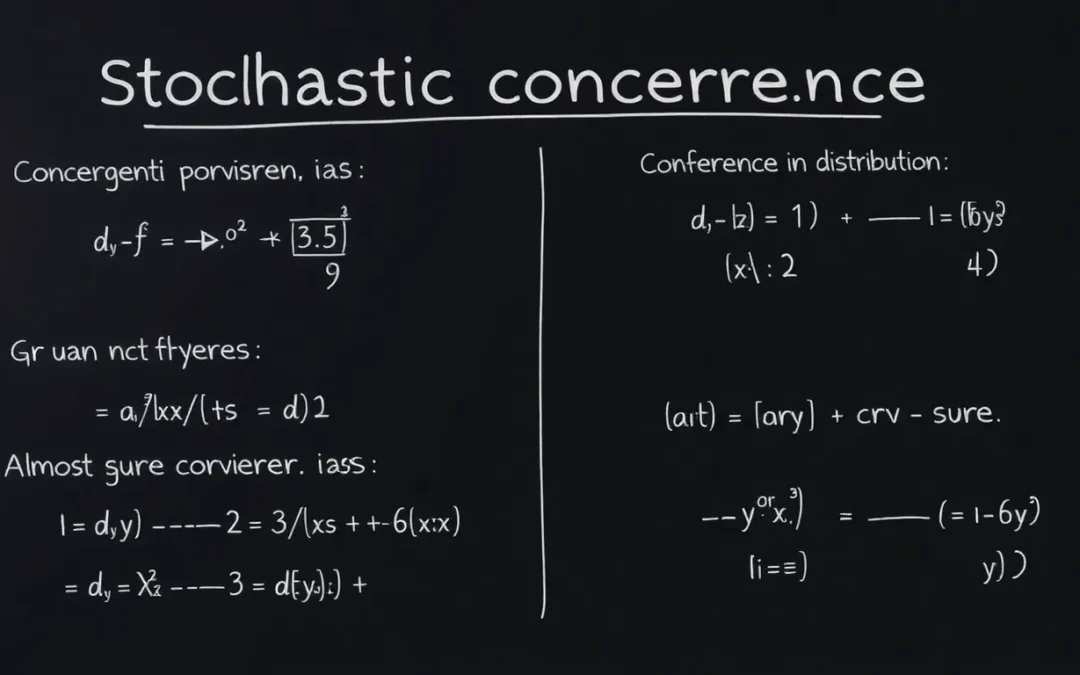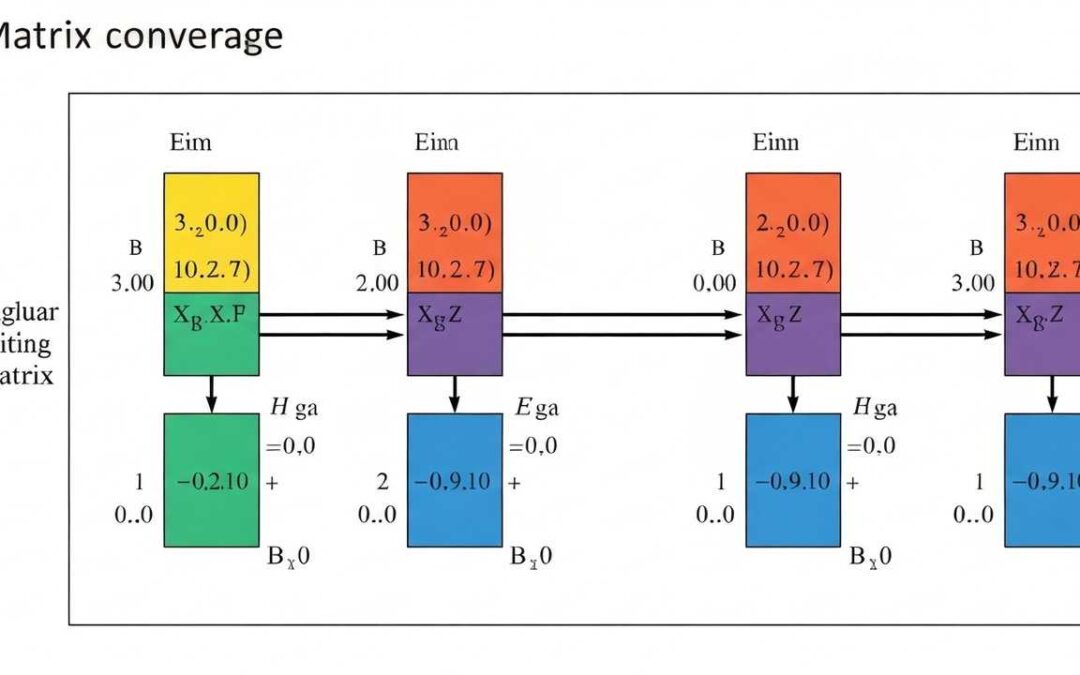General aptitude questions often feature scenarios where multiple individuals collaborate to complete tasks, testing one’s ability to reason with ratios and proportions. This introduction sets the stage for exploring a classic problem involving men and work days, a fundamental aspect of quantitative reasoning in exams.
Table of Contents
Read More
General aptitude questions involving work and time are a staple in competitive exams, testing logical reasoning and mathematical skills. This classic problem explores the inverse relationship between manpower and time required for task completion, a fundamental concept in efficiency analysis.
Understanding the Core Concept
At the heart of work and time problems lies the principle that more workers lead to faster completion, assuming uniform work rates. This inverse proportionality is key to solving such puzzles efficiently.
Defining Work Rate
Each man’s work rate can be expressed as the fraction of work done per day. For instance, if 12 men finish in 15 days, the total work is constant, and individual rates are additive.
Calculating the total work involves multiplying the number of workers by the time taken, providing a baseline for comparisons with different scenarios.
Applying Inverse Proportion
When the number of men increases, the time decreases proportionally. This relationship is mathematically represented using ratios, making it straightforward to solve for unknown variables.
In real-world contexts, this mirrors project management, where adding resources can accelerate deadlines, but factors like coordination might affect outcomes.
Solving the Specific Problem
Let’s dive into the given scenario: 12 men completing a task in 15 days. How does altering the workforce impact the timeline? This practical example illustrates the application of basic arithmetic principles.
Step-by-Step Calculation
First, determine the total work units. If 12 men take 15 days, total work is 12 * 15 = 180 man-days. This metric standardizes the task for any number of workers.
For 20 men, divide the total work by the number of men: 180 / 20 = 9 days. This simple division yields the answer, emphasizing the inverse nature of the relationship.
Common Pitfalls and Tips
Avoid assuming linear relationships without verifying constants like work rate. Missteps often occur if individual efficiencies vary, but in standard problems, uniformity is assumed.
Practice with varied numbers to build intuition. For example, try scenarios with 10 or 25 men to reinforce the concept and prepare for exam variations.
Key Takeaways
Mastering work and time problems enhances general aptitude skills, crucial for academic and professional success. Remember the inverse proportion rule and always calculate total work first for accuracy.
| Number of Men | Time Taken (Days) | Total Work (Man-Days) |
|---|---|---|
| 12 | 15 | 180 |
| 20 | 9 | 180 |
We also Published
RESOURCES
- General Aptitude Test – Aptitude-test.com
- General Aptitude Contract : r/AirForceRecruits
- The role of mind-wandering in measurements of general aptitude
- General Aptitude : r/AirForceRecruits
- Fairness in Employment Testing: Validity Generalization, Minority …
- ED164579 – Manual for the USES General Aptitude Test … – ERIC
- GA General Aptitude
- Aptitude Questions and Answers – GeeksforGeeks
- Does anyone have General Aptitude in the Air Force?
- ASVAB – U.S. Air Force








0 Comments